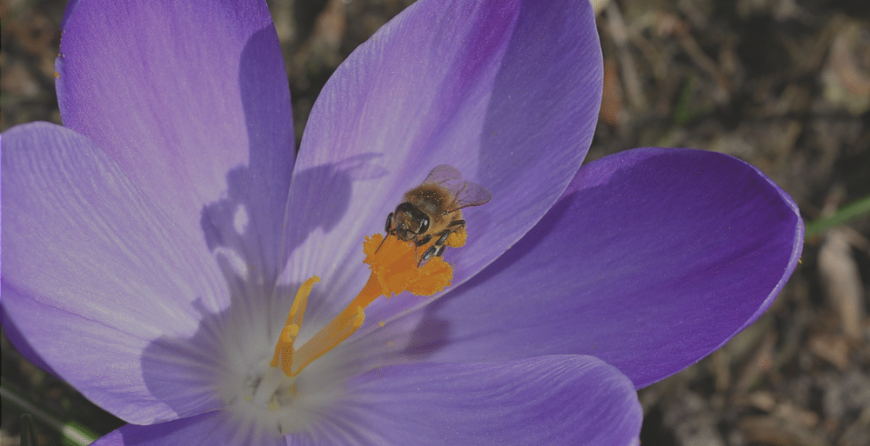 Most fruits and vegetables require pollination to thrive. Though some organic gardeners will design pollinator gardens, it may not be that necessary. Different pollinators are attracted differently. As such, it is up to you to determine the pollinator you wish to attract and focus on it. However, it is advisable to attract different pollinators.; they help your garden and the environment as well.
Most fruits and vegetables require pollination to thrive. Though some organic gardeners will design pollinator gardens, it may not be that necessary. Different pollinators are attracted differently. As such, it is up to you to determine the pollinator you wish to attract and focus on it. However, it is advisable to attract different pollinators.; they help your garden and the environment as well.
Pollinators and how to attract them
Honeybees
Honeybees are the preferred pollinator for most organic gardening lovers. This is because, they are efficient, have unique pollinating behavior and special hair that traps pollen grains when they brush against stamen. Honeybees are attracted by larger patches of buckwheat, alfalfa, wildflower, borage, vetch, clover, and sunflower. They also need enough water to make honey. So, ensure that you provide a drinking pool. Honeybees pollinate yellow, purple or blue colored plants. In addition, they are general pollinators attracted to any flowers with high nectar or pollen levels.
Bumblebees
Bumblebees are mainly native to North America but are also common in colder and higher altitude areas. They are effective at pollinating nightshades like eggplants and tomatoes due to their buzz pollinating capability. Buzz pollination vibrates tightly bound pollen to loosen it and allow pollination to take place. Bumblebees are attracted by a mix of lupine, wildflowers, clover, sunflowers and vetch. They will need a drinking pool, and a sea salted mud pool for minerals.
Naturalized and native bees
Most native bees such as; digger bees, orchard mason bees, squash bees, carpenter bees and southeastern blueberry bees are great garden pollinators. Alfalfa leafcutter bees were taken up and naturalized as alternative pollinators. Most bee species under this category are solitary bees that do not form a colony; they work solo. Apart from squash bees that prefer melon and squash plant families, most species are general pollinators and pollinate any nectar or pollen producing plants. Apart from a mixture of flowers, native bees require a pollen bee nest as their home.
Moths and butterflies
Butterflies and moths are not very efficient at pollinating flowers because they are not active at collecting pollen from flowers. They actively transfer pollen from flowers as they look for nectar. Moths and butterflies like brightly colored flowers where they can enjoy nectar. They are attracted by colorful plants that produce nectar like; zinnias, coneflowers, wildflowers and marigolds.
Beneficial flies
Most fly species pollinate the garden, but hoverflies are most helpful pollinators. Flies mainly pollinate strawberries, stone fruits, peppers, grapes, and cane berries. Beneficial flies are attracted by plants like buckwheat, yarrow, alyssum, parsley and chamomile just to mention a few. These plants provide food and shelter for immature and adult flies.
Hummingbirds
Though hummingbirds like any flowering plant with nectar, they are well adapted to tubular plants. They also eat aphids, mosquitoes, and gnats among other small insects. They are great at pollinating orchard and garden flowering plants with easily accessible flowers. They are attracted by large patches of brightly colored flowers.
Conclusion
Pollinators essential for successful growth of plants in your garden. They are good organic gardening promoters and essential for the environment too.


